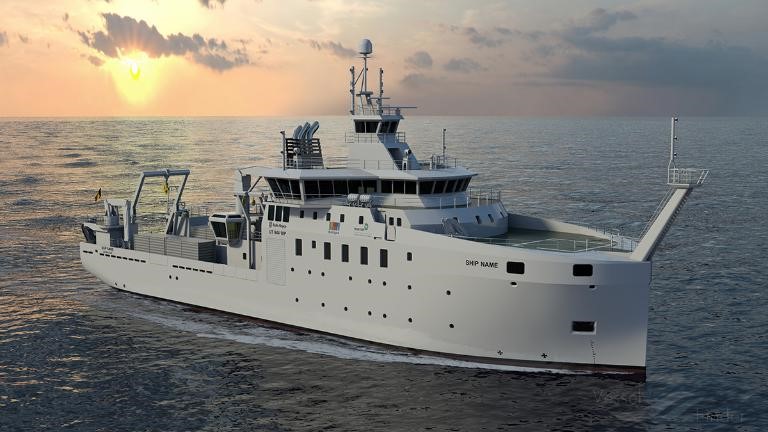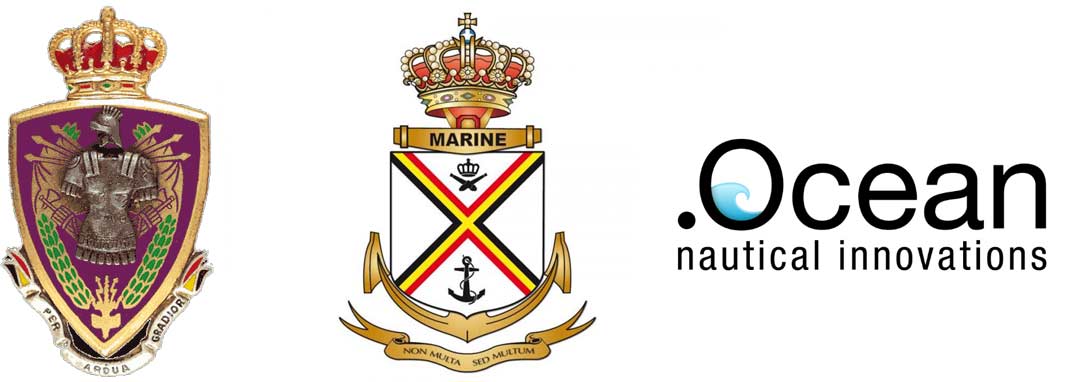
- Loading Mastodon feed...
The new naval perspective in mine countermeasures with autonomous “systems of systems” operating at a large stand-off range from the mother platform, requires fast, interoperable and integrable data management. Nowadays, information is mostly collected and organized in databases that respond to the required system applications. Every system application has its own data model in which the data is encased. However, with this approach, termed application-centric, data interpolation and data integrability require a huge effort.
Within this project, a new concept for data management will be exploited. A data-centric architecture will be implemented. It will be applied to data collected for the fast seafloor characterization of the economic zone of the Belgian Continental Shelf for coastal and harbour protection. Using a data-centric implementation, an improved approach for mine burial assessment will be developed, considering not only the sediment composition but also the geotechnical response of the sea bottom and discriminating the results versus potential sea mines typology. For this part, methods of Machine Learning (ML) will be employed.
The project focuses on two main objectives:
- Perform a fast and reliable seabed characterization on soft sediments, by implementing novel techniques for naval coastal and harbour protection,
- Implement and explore the feasibility of a data centric architecture to collocate and interrogate suitable real time information for decision support.
The main idea is to facilitate data interoperability and data integration considering the future maritime mine countermeasure capabilities being built upon autonomous systems of systems. Such a data-centric architecture is a new approach in data management and it will suit this purpose.
Added to that and with the help of data-centric architecture, maps of the risk of mine burial along the Belgian coast will be computed, by applying machine learning (ML) methods to a ‘data-lake’ collection.
To perform a fast and reliable seabed characterization, two different free fall penetrometers will be used and their performances and measurements will be described against the NATO arm-thrust test measures commonly in use. The advantage of the use of a free fall penetrometer is to have the possibility to be used without risk to personnel in minefields, eventually in automatic mode, and being not constrained by tide dynamics.
This study is a triple-helix project carried out in collaboration with dotOcean (BE Industry) and with the University of Colorado Boulder (CU, USA).
Royal Higher Institute for Defence
with support from dotOcean, the University of Colorado Boulder and the Belgian Navy
2022 – 2026
0.4 M€

